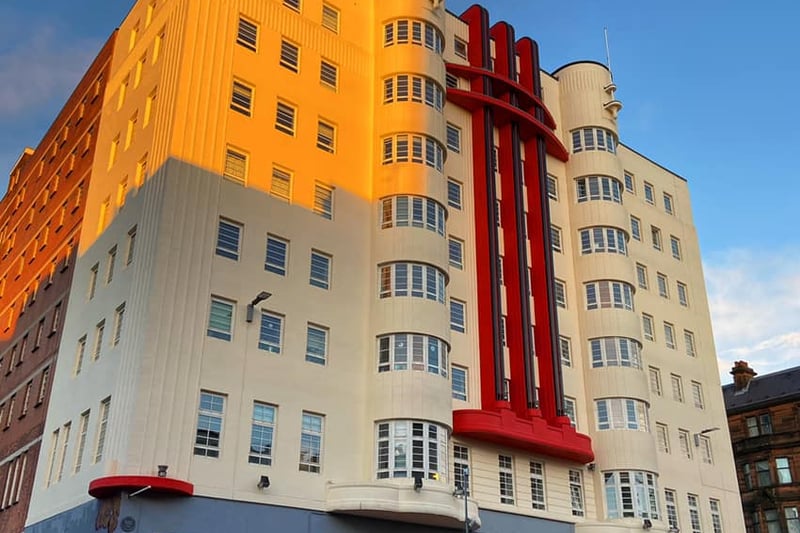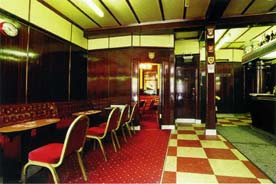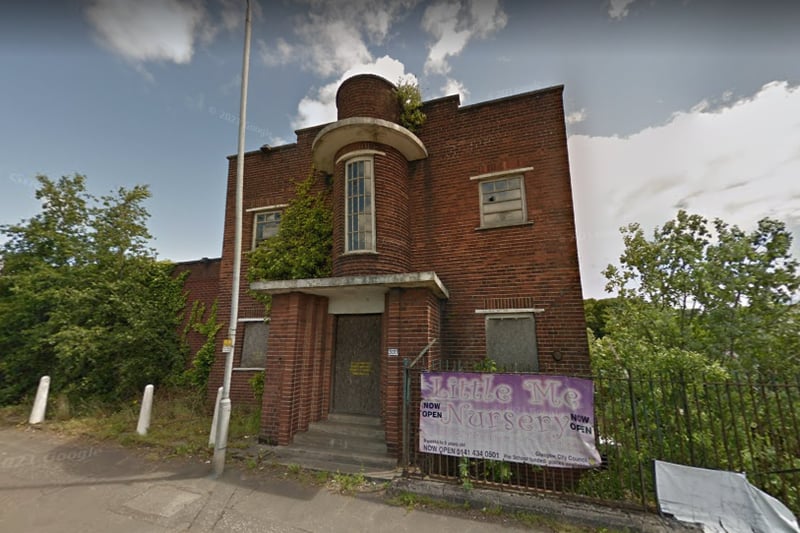The scene: Glasgow, the setting: the 1930’s - it’s a brave new world out there folks, a sleek new age full of hope following the ghastly start of the 20th century.
After getting a great world war out of the way (thank goodness that’ll never happen again), and a horrific worldwide stock crash that caused a lasting economic depression (glad we sorted that out once and for all) - it’s the 30’s, an optimistic new era - it’s boomtime baby, and this is reflected no better than in the architecture of Glasgow at the time.
A hopeful new outlook and hopes for a happy new life required a few things - primarily new public spaces like cafe’s, hotels, and cinemas - places where people could spend money, that for once a lot of people in Glasgow had in spare supply.
Architects in Glasgow (and Scotland as a whole) were watching the rapid upscaling of New York - as the lowly port city shot into space with the introduction of skyscrapers and a booming economy post-war.
American consumerism wasn’t long on the horizon, while in Britain we had feudalism and mercantilism down to a T - we never picked up capitalism quite as quickly as our little cousin across the Atlantic managed to.
Advertising, Marketing, and an emerging new middle class - all products of a society ready to be ravaged by the new concept of consumerism.
It first came to Glasgow (and Scotland as a whole) in Bellahouston Park - where the Empire Exhibition was held in 1938. The incredible Tait Tower enthralled millions who came to see the exhibition, it truly was an awe-inspiring site - and despite it being torn down shortly after the exhibition, it’s lasting legacy inspired many architects to follow the principles of Art-Deco design.
Professor McKean, professor of Scottish architectural history at Dundee University, said it was important to recognise the impact of art deco architecture, particularly in those cities still inextricably linked to Victorian times.
McKean told The Scotsman back in 2010:“In a city like Glasgow, it was a huge change. The Art-Deco buildings shook up the architecture of industrial Scotland. Suddenly, you had these sleek buildings, that were shiny, or brilliant white, or with dazzling chrome fascias, appearing in soot black streets.”
After a second world war, the people of Britain became a bit embittered with the idea - beginning to favour more practical architecture like brutalism (for a very brief period) and seeing art-deco as embarassing relics of a time where they believed that better things were actually on the way, you could call that theory conjecture however.
Whether it was as deep as that or people just found them a bit old-fashioned and naff, Art-Deco buildings didn’t get much love either way - and for the most part were demolished or left to decay, as is the case with many of the Art-Deco icons on this list.
Art-Deco architecture is chic again, whether that be because of the popularity of media like the Great Gatsby, a fascination with a very brief period of hope and belief in capitalism, or because of an exhibition on Art-Deco architecture at London’s V&A museum back in the 2000’s.

1. Beresford Building
The Beresford Building on Sauchiehall Street has gone through many iterations in it’s near 100-year-long lifespan. It was first a hotel, then an office block, then student accommodation, and now it’s flats! If those walls could talk eh? JFK even gave one of his first political speeches on behalf of his ambassador father to calm the people of Glasgow during the very beginnings of WW2.

2. Marks & Spencers Glasgow
The second art-deco building on Sauchiehall Street makes it the street most influenced by the architectural era of the early 20th century. It was an uncertain future for the art-deco building after M&S abandoned it, but now it’s set to be transformed into an arcade with a retained facade - a fitting replacement for Glasgow. Photo: Contributed

3. Steps Bar(1938)
Steps Bar in the Merchant City is a great place for fans of both pints and art-deco architecture - as oft do those two groups intersect - as the interior has barely been updated since it was retrofitted in 1938.

4. 380 Bearsden Road
This humble littled art deco building on Bearsden Road won’t be with the city much longer, as it’s set to be be demolished for two blocks of flats despite community opposition.
